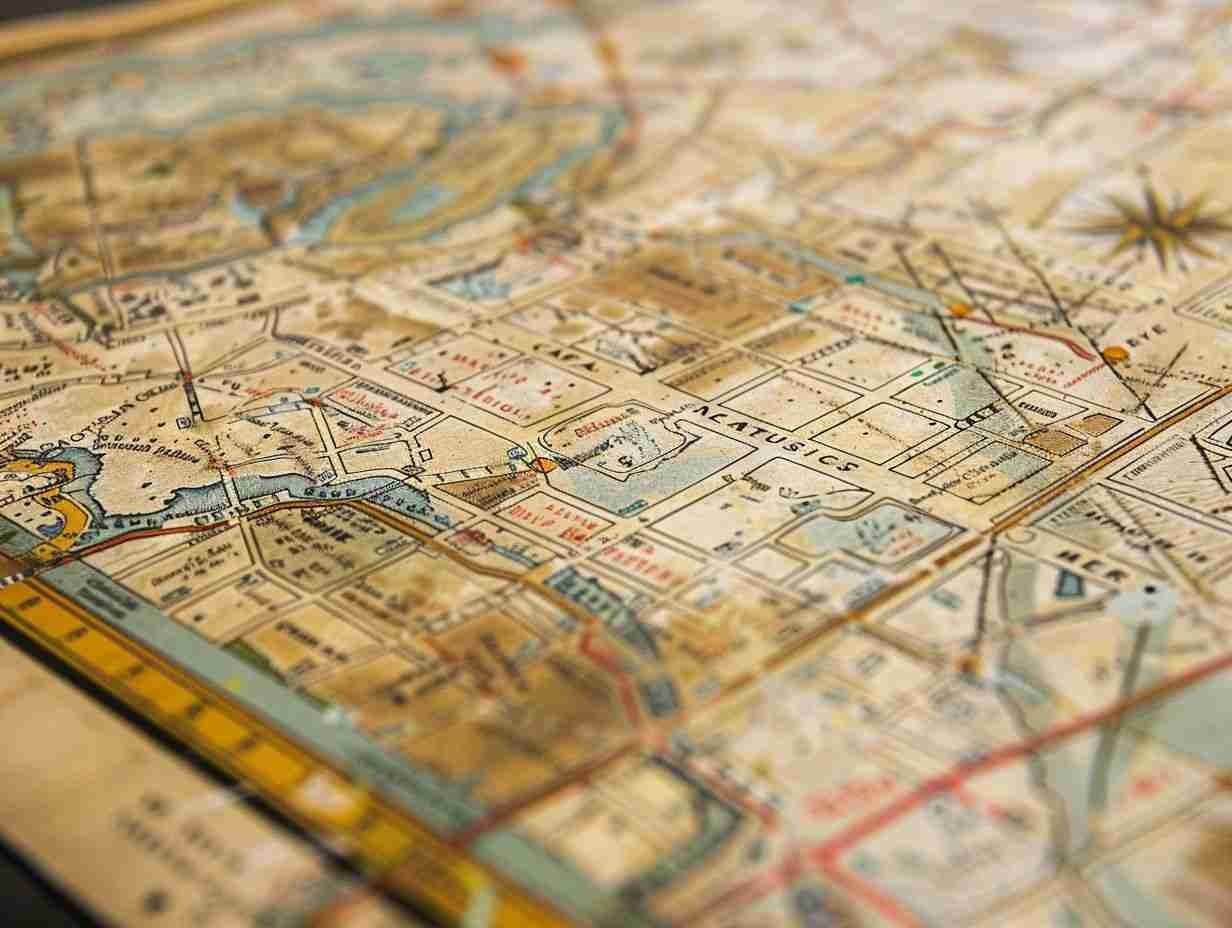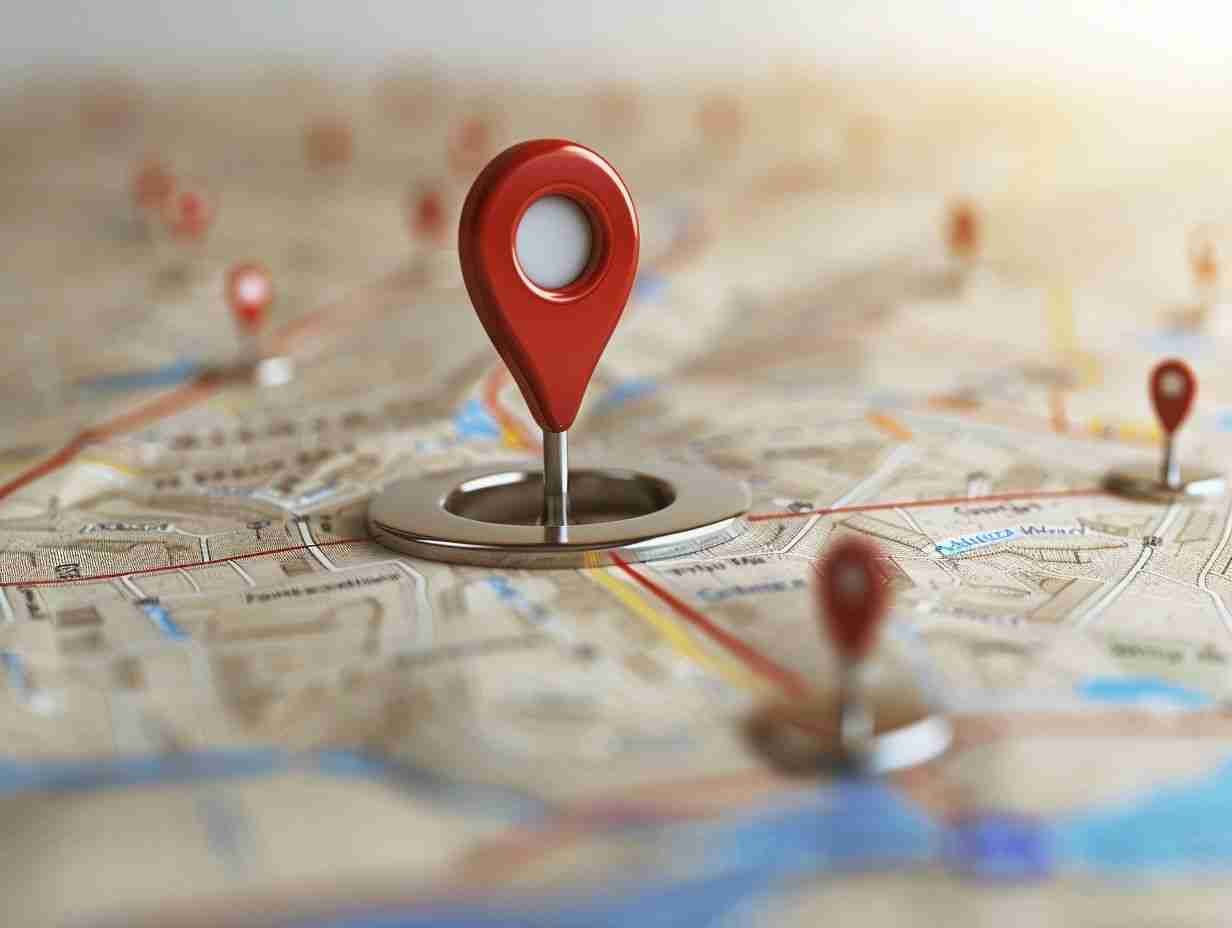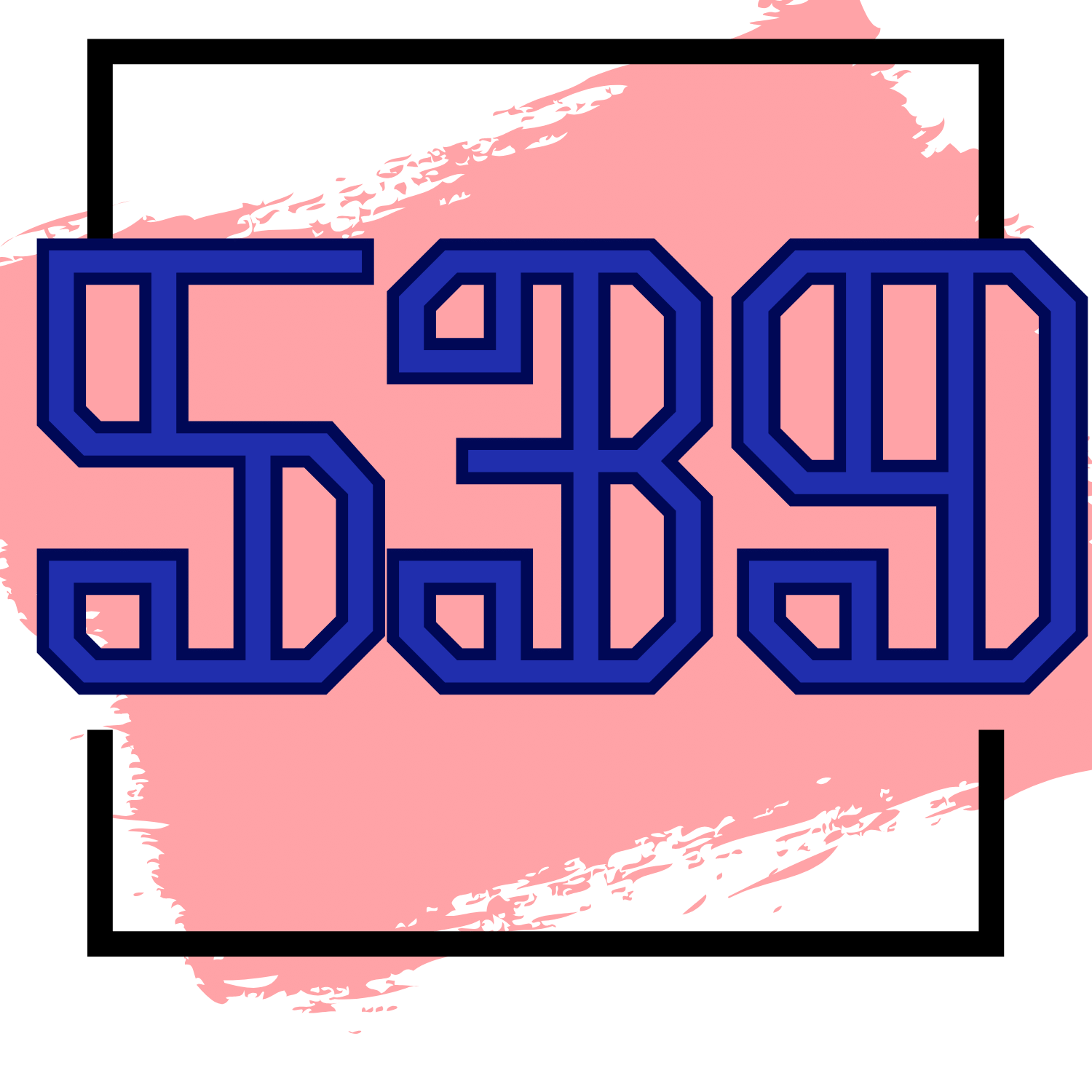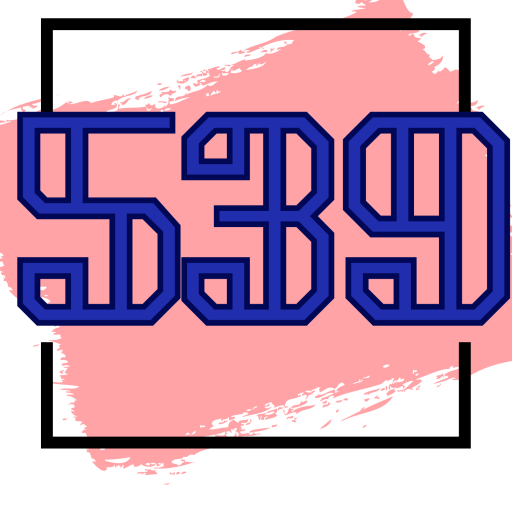Area codes may seem like just a string of numbers at the beginning of a phone number, but they actually hold a lot of significance.
In this article, we will explore the history, geographical coverage, and impact of area code 510.
From its origins to the reasons behind having multiple area codes, we will uncover what makes this area code unique.
Join us as we dive into the world of telecommunications and the future of area code 510.
Understanding Area Codes

Area codes play a vital role in the telecommunications infrastructure, serving as geographic markers within the phone numbering system and enabling the effective allocation and routing of phone numbers. Oversight of area codes falls under the purview of regulatory bodies such as the Federal Communications Commission (FCC) and the North American Numbering Plan Administration (NANPA).
What are Area Codes and How are They Assigned?
Area codes serve as numerical prefixes designated to geographic regions to facilitate telephone numbering and routing processes. These codes play a crucial role in ensuring the accurate connection of telephone calls to their intended destinations. Oversight of area code assignments within the United States falls under the purview of the North American Numbering Plan Administration (NANPA). The Federal Communications Commission (FCC) assumes a regulatory role in this domain to uphold order and efficiency in the telecommunications sector.
Allocation of prefixes to specific service providers occurs within each designated area code. In instances where there is a heightened demand for a particular prefix, lotteries may be employed as a method to equitably distribute them among competing entities. The meticulous management of area codes and prefixes is essential for fostering seamless communication and sustaining uninterrupted service provisions.
The History of Area Code 510
The 510 area code, encompassing areas in California such as Oakland and the East Bay, was initially established by Pacific Bell to meet the expanding telecommunications demands of the region. Subsequently, it has undergone several modifications to align with the growing population and technological progressions.
Origins and Changes Over Time
The establishment of the 510 area code in 1991 marked its separation from the 415 area code, aiming to enhance telecommunications services for the expanding populace and commercial entities in Oakland and the adjacent East Bay region.
This division became imperative due to the swift rise in population figures and the corresponding surge in demand for telephone numbers within the area. As technological advancements progressed, catering to an increasing number of residents and businesses necessitated the implementation of additional splits and overlay area codes to effectively manage the escalating requirements for telecommunication services. The introduction of newer area codes, notably the 925 and 408 codes, further refined the distribution of telephone numbers and bolstered communication networks throughout the Bay Area.
Geographical Coverage of Area Code 510
The area with the 510 area code delineates a substantial expanse of the East Bay region in California, encompassing prominent urban centers such as Oakland, Berkeley, and Crockett. Renowned for its diverse populace and dynamic commercial landscape, this area is characterized by its robust business activities and multicultural community.
Cities and Regions Covered

The 510 area code encompasses a diverse range of cities and regions in the East Bay, such as Oakland, Berkeley, and Crockett.
Oakland, renowned for its dynamic arts scene and multiculturalism, stands out as a major city covered by the 510 area code. Noteworthy attractions in Oakland include the Oakland Museum of California, Lake Merritt, and Jack London Square.
Berkeley, another significant city within the area, is renowned for being the home of the University of California, Berkeley, recognized as one of the top public universities globally.
Crockett, a small town steeped in a history of oil refining, offers picturesque views of the Carquinez Strait and Mount Tamalpais.
Reasons for Having Multiple Area Codes
The adoption of numerous area codes in a given region is predominantly influenced by population expansion and the rising need for telephone numbers. This calls for the implementation of effective distribution and management strategies, including overlays and lotteries that are overseen and governed by the Federal Communications Commission (FCC).
Population Growth and Increased Demand for Phone Numbers
As the global population expands, the demand for telephone numbers escalates, necessitating more effective utilization of prefixes and the incorporation of supplementary area codes. This upsurge in demand for telephone numbers presents challenges for regulatory bodies such as the Federal Communications Commission (FCC), which are tasked with supervising the allocation and administration of these finite resources.
The FCC assumes a pivotal role in ensuring equitable distribution of telephone numbers, monitoring the depletion of prefixes within existing area codes, and facilitating the introduction of new area codes as required. Through the implementation of strategies aimed at enhancing the utilization of prefixes and the efficient allocation of resources, the FCC contributes to upholding a dependable and sustainable telephone numbering system to accommodate the expanding populace.
How to Identify a Phone Number with Area Code 510
The identification of a phone number associated with the 510 area code entails the recognition of the particular three-digit prefix signaling the number’s alignment with this geographical region, which is subsequently accompanied by a seven-digit local number.
Format and Examples
A standard phone number with the 510 area code adheres to the format: (510) XXX-XXXX. This structure encompasses the area code within parentheses, proceeded by the subsequent three digits indicating the central office code, and culminating in the final four digits designating the subscriber number. For instance, (510) 123-4567 or (510) 555-7890.
Adhering to correct dialing protocols is vital in guaranteeing that calls are accurately directed to the intended recipient. Erroneously input phone numbers can result in unsuccessful connections or reaching an unintended individual, leading to inconvenience and potential breakdowns in communication.
Impact of Area Code 510 on Telecommunications

The 510 area code has exerted a substantial influence on the telecommunications sector within its geographic region. This impact extends to the operations of service providers and their competitive environment, as well as the regulatory oversight conducted by entities such as the California Public Utilities Commission (CPUC).
Challenges and Solutions for Service Providers
Telecommunications providers encounter challenges related to sustaining efficiency and navigating competition within the 510 area code region.
- One of the primary obstacles encountered by these providers pertains to the swift technological progressions that mandate ongoing upgrades and capital investments in infrastructure to align with the evolving consumer requirements.
- The regulatory environment in the region is intricate, resulting in compliance complexities and necessitating adaptable policies to conform to shifting regulations.
To surmount these challenges, organizations can concentrate on fostering innovation, customer-oriented strategies, and cultivating robust partnerships to augment their competitive advantage within the industry.
Future of Area Code 510
The future of the 510 area code will be influenced by continuous population growth, advancements in telecommunications technology, and the efficient utilization of number resources.
Predictions and Potential Changes
The 510 area code is poised to undergo transformations driven by advancements in technology and sustained population expansion.
As technological progress persists and becomes further intertwined with our daily routines, a surge in demand for telecommunication services within the 510 area code is anticipated. This surge may strain number resources as the population burgeons, necessitating effective management and distribution of telephone numbers.
With the proliferation of smart devices and Internet of Things (IoT) devices, the imperative for dependable connectivity will only intensify. Telecommunication enterprises will be required to adjust to these transitions by implementing pioneering solutions to cater to the evolving requirements of consumers in the area.
Frequently Asked Questions
What is area code 510?

Area code 510 is a telephone area code in the United States, covering the East Bay area of the San Francisco Bay Area in California. It was created in 1991 as a split from area code 415.
Which cities are included in area code 510?
The cities included in area code 510 are Alameda, Albany, Berkeley, Castro Valley, El Cerrito, Emeryville, Fremont, Hayward, Newark, Oakland, Piedmont, Richmond, San Leandro, and Union City.
When should I use area code 510?
You should use area code 510 when making a phone call to a number within the East Bay area of the San Francisco Bay Area in California. This includes both landline and mobile numbers.
Is area code 510 the only area code in the East Bay area?
No, area code 510 is not the only area code in the East Bay area. In addition to 510, the area is also served by area code 925 and area code 925.
Can I keep my phone number if I move to a different city within area code 510?
Yes, you can keep your phone number if you move to a different city within area code 510. This process is known as “porting” and allows you to keep your existing phone number when you switch service providers or move to a new location within the same area code.
What should I do if I receive a call from area code 510 that I don’t recognize?
If you receive a call from area code 510 that you don’t recognize, you can use a reverse phone lookup service to determine the caller’s identity. You can also block the number or report it as spam to your service provider.


